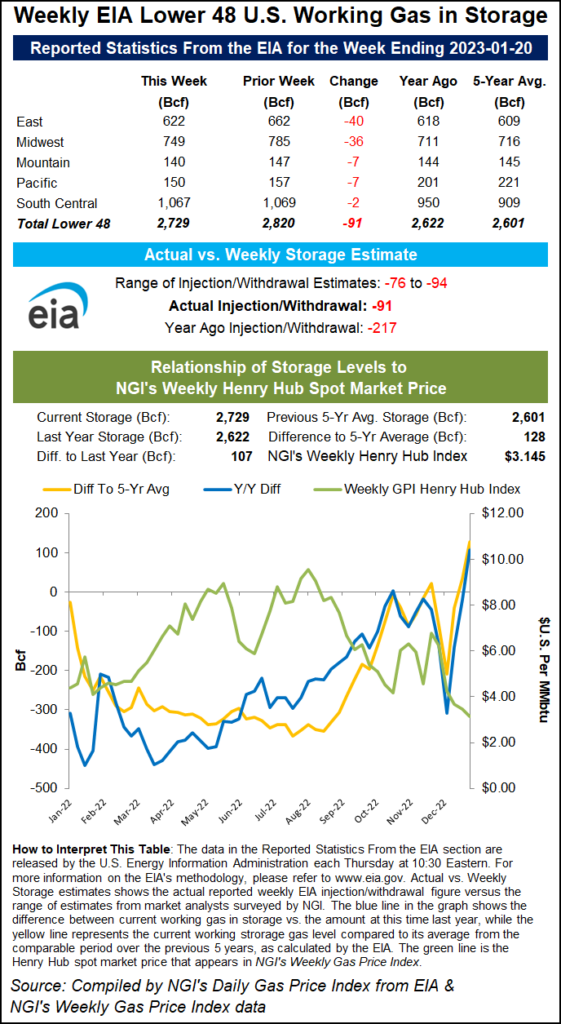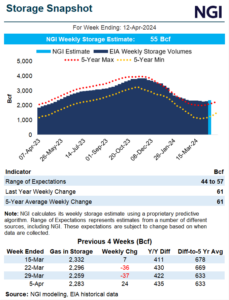Markets | E&P | LNG | Natural Gas Prices | NGI All News Access | Shale Daily
Weekly Natural Gas Spot Prices, Futures Struggle Amid Elusive Demand, Stout Production
© 2024 Natural Gas Intelligence. All rights reserved.
ISSN © 2577-9877 | ISSN © 1532-1258 | ISSN © 2158-8023 |



